How common is psoriasis?
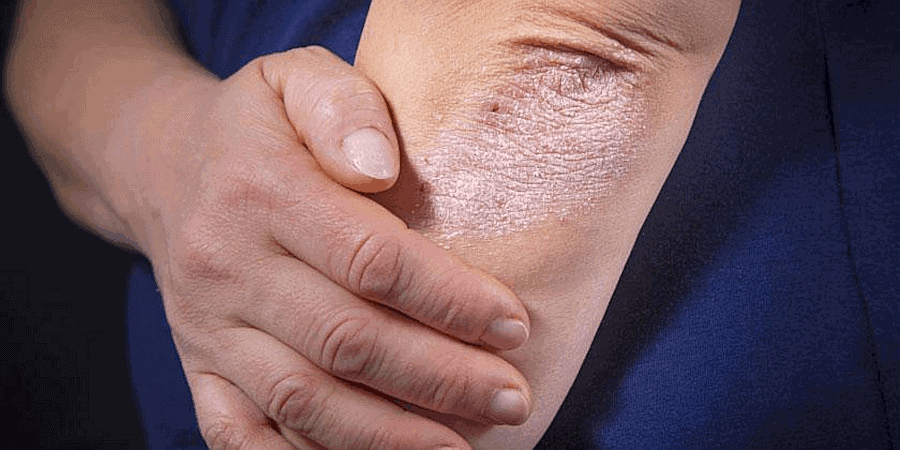
Life is easier when you are comfortable in your own skin, but comfort has no place with psoriasis. About 7.5 million Americans suffer from psoriasis, and if you ask them, they’ll tell you that it’s more than “just a skin condition” it is a burden.
Psoriasis can be a struggle for as much as 2 percent of the population that has it: It’s not your typical skin disorder, but an autoimmune disease that causes certain areas of skin on the scalp, body, and face to produce new skin cells more rapidly than normal — you’ll know it by the scaly, red patches of skin that can clear up and reappear over time. There’s currently no cure, but there are known triggers: medications like lithium, cold weather, and stress are a few.
It can look like other skin conditions that cause itchy, scaly rashes with inflammation, it is often confused with various disorders. These may include common skin conditions, such as eczema, heat rash, types of skin cancers, and dandruff. It can also resemble and be confused with the fungal infection known as ringworm.
A condition that can consequently result from is Psoriatic arthritis (PsA), which also happens to be a very disfiguring disease. About 15 percent of the sufferers develop PsA, according to the American College of Rheumatology.
What really happens?
Psoriasis is an autoimmune disorder that develops when the immune system kicks into overdrive, causing skin cells to grow too quickly. These cells accumulate on the skin, causing scaly, red patches. It can range from relatively mild (affecting up to 2% of the body) to very severe (covering 10% to 80% or more of the body). Fortunately, medication and lifestyle can control even the most serious cases.
Its victims know that it’s more than “just a skin condition.” The chronic autoimmune disease causes cells to build up rapidly on the surface of the skin, leaving red, inflamed, scaly patches. The patches can be itchy and painful, and sometimes even crack and bleed.
Types of Psoriasis
Knowing the type of psoriasis you have can help you and your doctor develop an effective treatment plan.
-
Plaque Psoriasis
Plaque psoriasis, which is also called psoriasis Vulgaris, is the most common type of this disease. According to the American Academy of Dermatology, between 80 percent and 90 percent of the sufferers have this form.
If you have plaque psoriasis, you might notice raised, red patches of skin that are covered with a silvery scale. These raised patches, known as plaques, can crop up on any area of the body but are commonly found on the knees, elbows, scalp, or back.
The plaques is known to cause burning, bleeding, cracking, itchiness and of course pain.
-
Guttate Psoriasis
Guttate psoriasis is the second most common type after plaque psoriasis. It affects about 10% of people with psoriasis, according to the National Psoriasis Foundation (NPF).
Guttate psoriasis, which is derived from Latin translated as“raindrop shaped,” causes small, dot-like spots on the body. These pinkish and red lesions frequently appear on the upper arms, trunk, thighs or scalp.
Often, this form first starts in childhood or young adulthood.
This type can be triggered by a strep infection, tonsillitis, stress, a skin injury, or certain medication (such as beta-blockers). Sometimes genetic factors are to blame.
-
Pustular Psoriasis
This uncommon form most often affects adults. Pustular psoriasis is characterized by pus-filled bumps (called pustules) surrounded by redness on the skin. These blisters contain white blood cells and are not infectious or contagious.
The bumps is known to cause soreness and pain. The pustules can appear on any part of the body but most often show up on the hands or feet. When the bumps dry out, they can leave behind brown dots or scales on the skin.
Some triggers may increase your risk of developing this form of psoriasis. These include:
- Systemic steroid medication
- Suddenly stopping the use of certain medications, including topical steroids
- Pregnancy
- Infection
- Stress
- Too much sunlight
- Certain chemicals
Occasionally, the pustules can cover the entire body, which is known as generalized pustular psoriasis, or Von Zumbusch psoriasis. This is a serious condition that requires immediate treatment.
-
Inverse Psoriasis
In the case of reverse psoriasis, people develop bright red, smooth, shiny lesions.
These spots typically show up on creased areas of the body where skin meets skin, such as the underarms, behind the knees, under the breasts, near the buttocks and genitals, or on the groin.
This condition can cause sore skin, which may worsen if you sweat or rub the area.
It’s sometimes triggered by a buildup of yeast. Some people who develop reverse psoriasis also suffer from another form of psoriasis.
-
Erythrodermic Psoriasis
This is an uncommon but very serious form. Only 3 percent of the sufferers will develop erythrodermic psoriasis in their lifetime, according to the NPF.
This type usually occurs in people who have uncontrolled plaque.
Erythrodermic psoriasis causes a burning appearance of the skin that affects most of the body. This form can cause complications, such as protein and fluid loss, infection, pneumonia, severe swelling, or congestive heart failure. So If you have this type, you’ll need immediate treatment, as it can be a life-threatening condition.
This type may be triggered by:
- A severe sunburn
- An allergic reaction to a medicine
- Suddenly stopping psoriasis treatment
- An infection
- Certain drugs, such as lithium, cortisone, antimalarial medicines, or coal tar products
-
Nail Psoriasis
When it affects the fingernails or toenails, it’s known as nail psoriasis.
This type can cause symptoms such as:
- Discoloration of nails
- Red or white spots underneath the nails
- Abnormal nail growth
- Pitting (small pinprick holes) on nails
- Ridges or grooves in your nails
- Nail detachment from the skin
- Crumbling of nails
Many people with plaque psoriasis also have nail psoriasis. For some, however, a single nail involvement may be the only form they develop.
-
Scalp Psoriasis
Scalp psoriasis shows up as red, itchy areas with silvery-white scales on the scalp. These scaly patches may bleed if you try to remove them. At least half of the sufferers have it on their scalp.
At the onset, often it’s confused with seborrheic dermatitis (a.k.a. dandruff). Dandruff is a flaky, itchy scalp that does not show signs of inflammation (such as redness or swelling).
It can spread beyond your hairline and affect the forehead, back of the neck, and areas around your ears. Often psoriasis in kids is first found on the scalp.
What are the Emotional and Mental Effects of this condition?
Nearly one-third of people reported that their psoriasis and psoriatic arthritis interfered with their love life.
The physical and emotional effects of the psoriatic disease can put a strain on even close personal relationships. The thick patches of red, dry skin caused by psoriasis and painful, swollen joints associated with psoriatic arthritis make intimacy challenging.
As we all know, a common concern for people in new relationships is appearance. “This can be very important to people and impacts how they feel about themselves, and whether they feel judged or not,” says Dr. Orbai.
Issues of self-esteem and self-worth related to skin conditions can lead to avoidance of intimate situations even in long-term relationships, according to a 2010 study published in the journal Psychology, Health, and Medicine.
“Sometimes men can be insecure about their skin and try to overcompensate with their performance,” says Vinicius Domingues, MD, a rheumatologist in private practice in Daytona Beach, Florida, and a Medical advisor for CreakyJoints, an online patient community for people with arthritis.
All these studies prove that psoriasis has huge negative impacts on relationships and can cause great damage to them.
Furthermore, a 2010 study published in the Archives of Dermatology found that patients were at an increased risk of depression and anxiety, and 2014 research in the Journal of Rheumatology found the same to be true of people with psoriatic arthritis.
Additionally, this condition prevents its victims from developing and maintaining a regular sleep schedule. Unlike other people who can sleep at any time, this disease due to its ability to inflict those affected by it with unrelenting skin irritation and itchiness makes a goodnight’s sleep a struggle. What makes things even worse is how the lack of sleep is a trigger for psoriasis and atopic dermatitis. So you are trapped in that vicious cycle of wakefulness that sparks skin inflammation and vice versa.
How can I treat psoriasis?
Of course, getting the proper treatment for psoriasis and psoriatic arthritis is critical to managing the disease’s effects. If the condition’s symptoms are under control, the effect on a person’s personal life and relationships can be significantly reduced.
As Orbai says, “if your disease is under control and you are almost back to normal, the condition should become less relevant”.
The good news is, despite the fact that it is incurable, it responds well to many topical and systemic treatments. Even people with severe psoriasis can be relieved during flare-ups in most cases.
A very good example of such treatment is the Advanced Natural Lotion by Dr. Elix. It is a very effective solution that when rubbed directly into the affected skin, brings local relief without the system-wide side effects of medicines taken by mouth or a shot and supports effectively the autoimmune system, balances, and can reverse psoriasis with the support of a dedicated and tested diet and lifestyle.
There is a popular saying that “there are risks and costs to taking action”. However, the risks and costs are far less than the long-term risks of comfortable inaction. When it comes to Dr. Elix Advanced Natural Eczema Lotion which is very efficient as well in the case of Psoriasis there are no risks as it is made from pure therapeutic grade, noble essential oils, and plant extracts. We recommend as a supplement and for a long-term skincare regimen the use of the Prickly pear seed oil for its outstanding skin and hair care benefits, especially antioxidant and protecting, balancing, subtly soothing, and hydrating effects. Check our article about prickly pear oil benefits for more info. Use this prodigious oil as a supplement especially for your hair, face, and hands as it is a little bit expensive, and use a mix of it and Argan oil for large areas of your body.
Finally, consider us your true partners, and please don’t hesitate to contact us and share with us your questions, worries, or requests. We will be more than happy to assist you the best than we can.
Dr. Elix – Nature’s Finest Elixirs

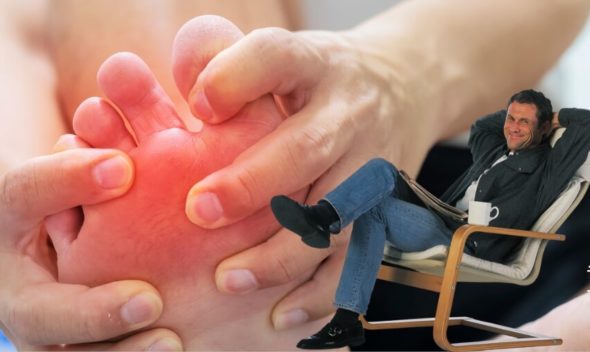

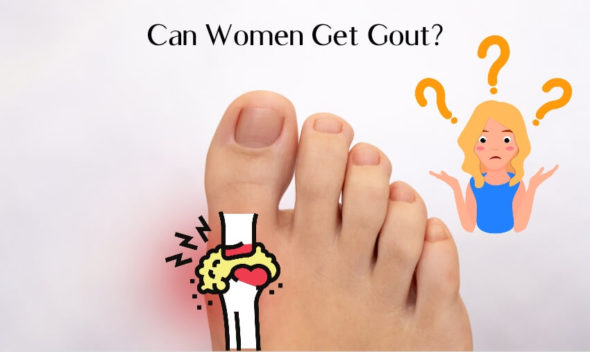

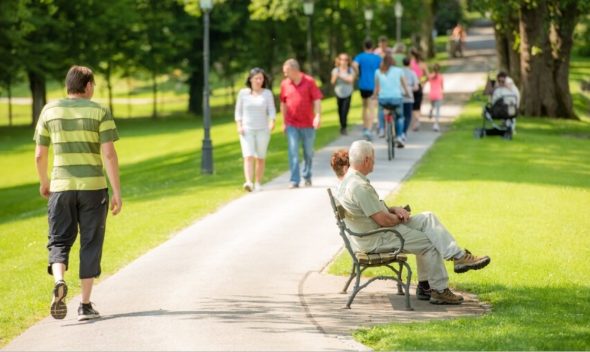
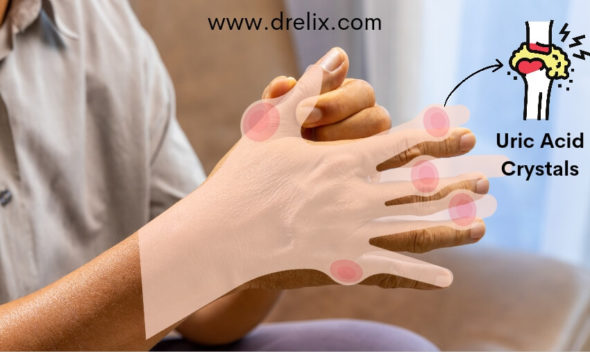
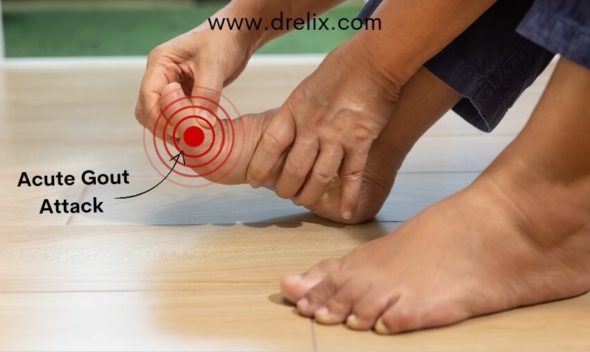
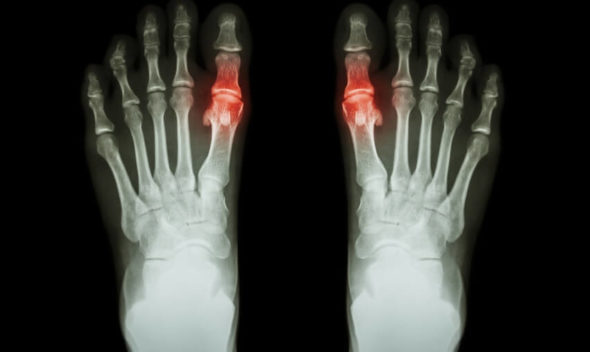
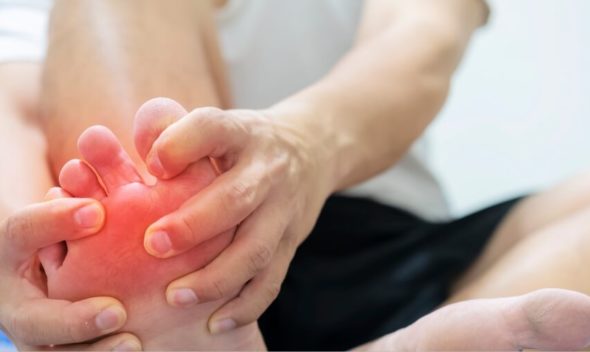



Leave a comment